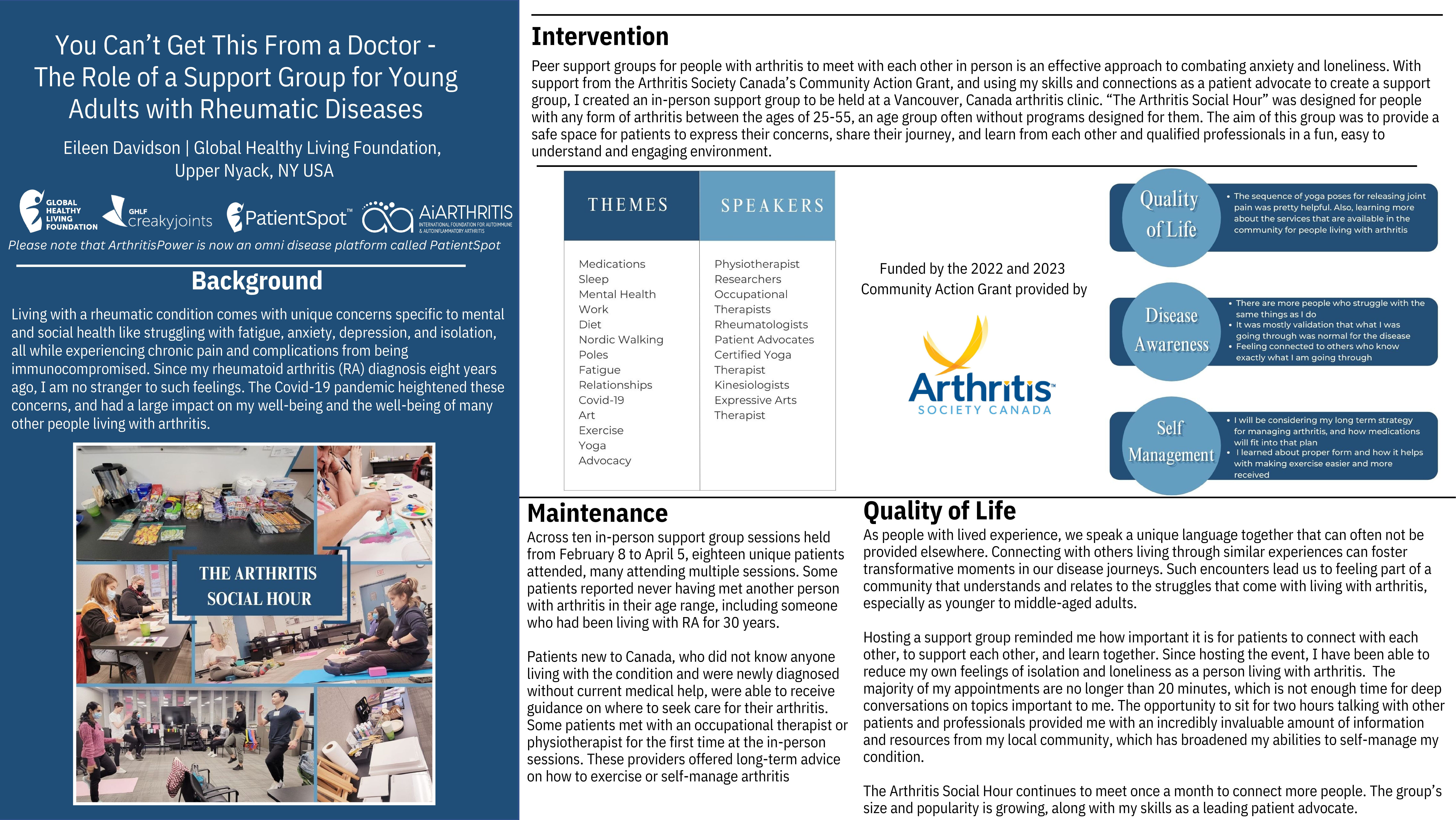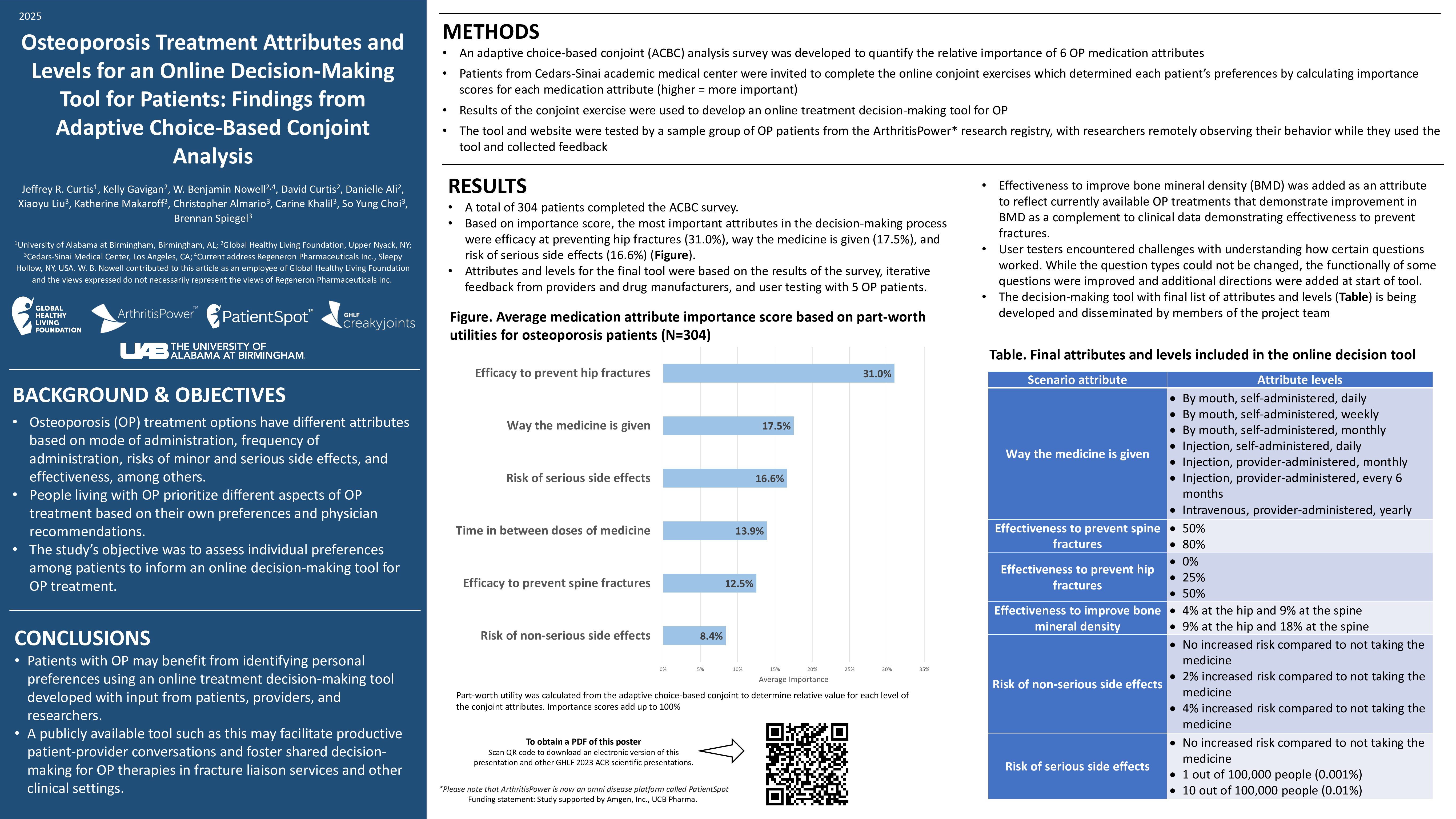The U.S. could face a shortage of more than 4,100 full-time rheumatologists by 2030, according to new research published in Arthritis Care & Research. “The current U.S. adult rheumatology workforce is in jeopardy of accelerated decline at a time when demands on the workforce face tremendous growth,” adds another study in Arthritis & Rheumatology.
Part of the problem is that rheumatologists tend to treat diseases that go hand-in-hand with aging. “As our population ages, these ailments become more commonplace,” reports U.S. News & World Report.
“If you live long enough, you will develop osteoarthritis,” Wael Jarjour, of Ohio State University’s Wexner Medical Center, told U.S. News. And with improvements in rheumatological care, specialist have become more in demand at a time when many rheumatologists are nearing retirement age. That adds up to a looming shortage.
The deficits derive, in part, to retirements of baby-boomers, to increases in millennials, and more women (who often take time off work) and part-time providers in the field, reports MedPage.
As Minnesota rheumatologist Paul Sufka put it on Twitter, there is a “big time rheumatologist shortage. I could clone myself three times and have full schedules.”










